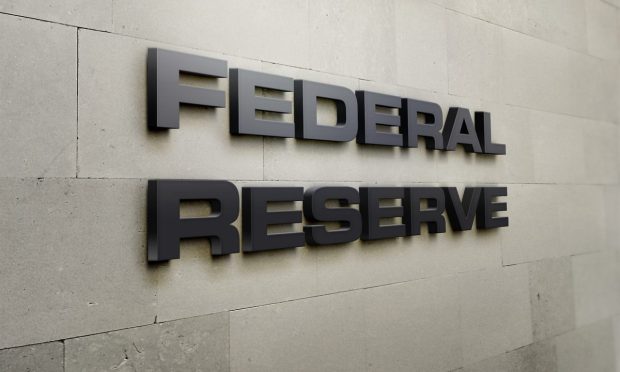
The latest qualitative readings on the U.S. economy show that economic activity, at best, seems stagnant.
At worst, there are some signs that consumer spending, which keeps the economic engine running, may be losing some of its most vaunted momentum.
The Federal Reserve’s Beige Book, which is published eight times a year, gathers input from businesses and banks to gauge the current state of the economy.
According to the latest report released Wednesday (Oct. 18), the Fed noted that overall activity has been marked by “little to no change” since September. That has been the general read-across from the Fed’s dozen districts.
Consumer spending has been “mixed” at retailers and auto dealers. And loan demand softened, marked by slight or modest declines. Higher interest rates, it seems, are taking a toll on that demand.
New York offered a case study, of sorts. The Fed reported that consumer spending was up, overall, although it is gaining at a “slightly slower pace” than has been seen before. Spending on apparel and home electronics gained ground, but spending at restaurants and on travel and entertainment “slowed after a strong summer, in part reflecting seasonal shifts.”
The Philadelphia Fed, by way of contrast, weighed in with observations of an overall spending decline, where retailers remarked on a “modest decline in overall sales — a faster pace than the slight decline in the prior period. One retail contact noted that customers were visiting less frequently and substituting lower-priced goods when possible.”
The Philly banks reported “a tightening of credit standards and noted that higher financing costs were especially challenging for smaller businesses.”
Since New York is a financial hub, what banks said here is worth some consideration.
“Small- to medium-sized banks in the region reported lower loan demand across all loan segments, including refinancing,” the Beige Book reported. On balance, credit standards tightened for all loan types and loan spreads continued to narrow. Most banking contacts reported higher deposit rates. Delinquency rates edged up.”
Collectively the banks stated that increases in fuel costs, wages and insurance contributed to price increases. But “sales prices increased at a slower rate than input prices, as businesses struggled to pass along cost pressures because consumers had grown more sensitive to prices.” Margin pressures may be in the offing.
For the businesses that line Main Street, tougher credit, tighter margins and an uncertain end-market environment signal that 2024 may be a rocky year. With fewer dollars in the bank being generated by operations, there’s less ability to tap into other conduits (such as financing) to get inventory in place or buffer against exogenous shocks.
PYMNTS Intelligence showed that only 39% of these small- to medium-sized businesses (SMBs) have access to financing sources such as business credit cards and working capital loans. As many as 8% of these Main Street SMBs are at risk of closing shop.
And for the consumer, even though government data showed that retail sales gained 0.7% in September, 85% of consumers don’t think their wages are keeping up with prices, and sales, adjusted for inflation, actually fell from about two years ago.